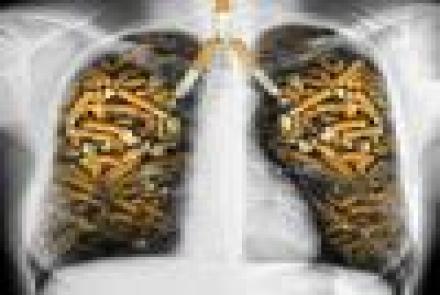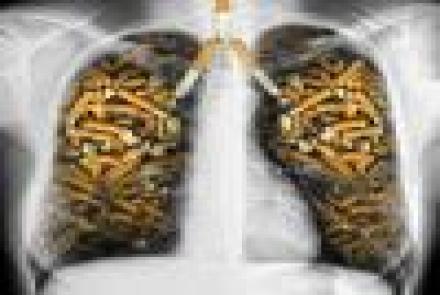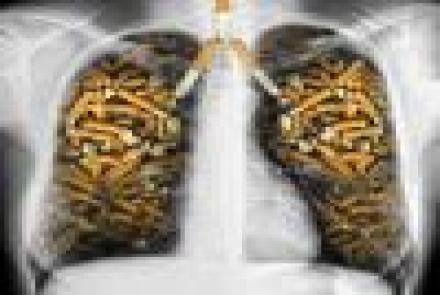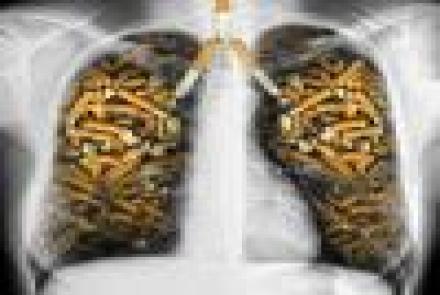Interstitial lung disease (ILD) is an umbrella term used for a large group of diseases that cause scarring (fibrosis) of the lungs. It affects millions of people globally. It is a serious condition that impacts mortality and quality of life of people affected by it.
ILD is different from COPD (Chronic Obstructive Pulmonary Disease)

The management of Interstitial lung disease and the outcome solely depend on the type of condition leading to the restriction. There is also a need for treating symptoms and providing supportive and rehabilitative care.
- Medications:
Corticosteroids are often used as first line of treatment, but duration should be limited to avoid long term consequences. Immunosuppressants (such as azathioprine, mycophenolate mofetil, or cyclophosphamide) are also effective to reduce inflammation and can be used long-term.Anti-fibrotic agents (pirfenidone and nintedanib) and cytotoxic drugs to slow down the lung scarring.
Biologic drugs to treat autoimmune causes of ILD.
Treatment for Gastroesophageal reflux disease (GERD) as it may worsen ILD.
- Chest physiotherapy - Deep Breathing exercises and physical therapy to help strengthen the lungs and muscles used in respiration.
-
Oxygen therapy - usually prescribed for patients unable to maintain the oxygen saturation with unsupported respiration.
Read more about Home Oxygen Therapy here.
- Lung transplant - In severely compromised lung function, transplant may be the last resort.
Complications of Interstitial Lung Disease include
- Pulmonary hypertension (elevated blood pressure in the lungs).
- Collapse of the lung (pneumothorax).
- Pulmonary infections.
- Respiratory failure.
- Lung cancer.
Changed
21/Apr/2025
Condition

















